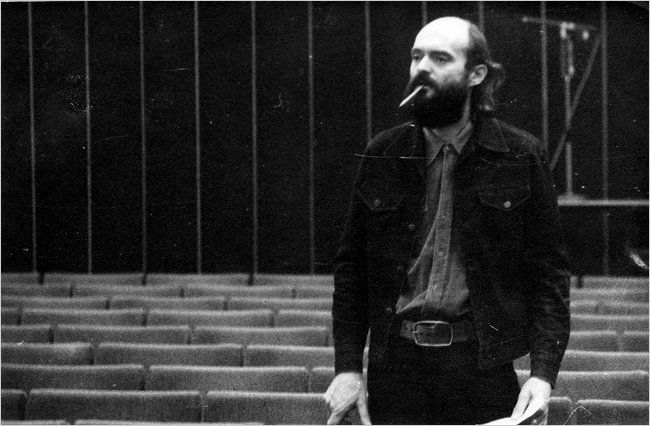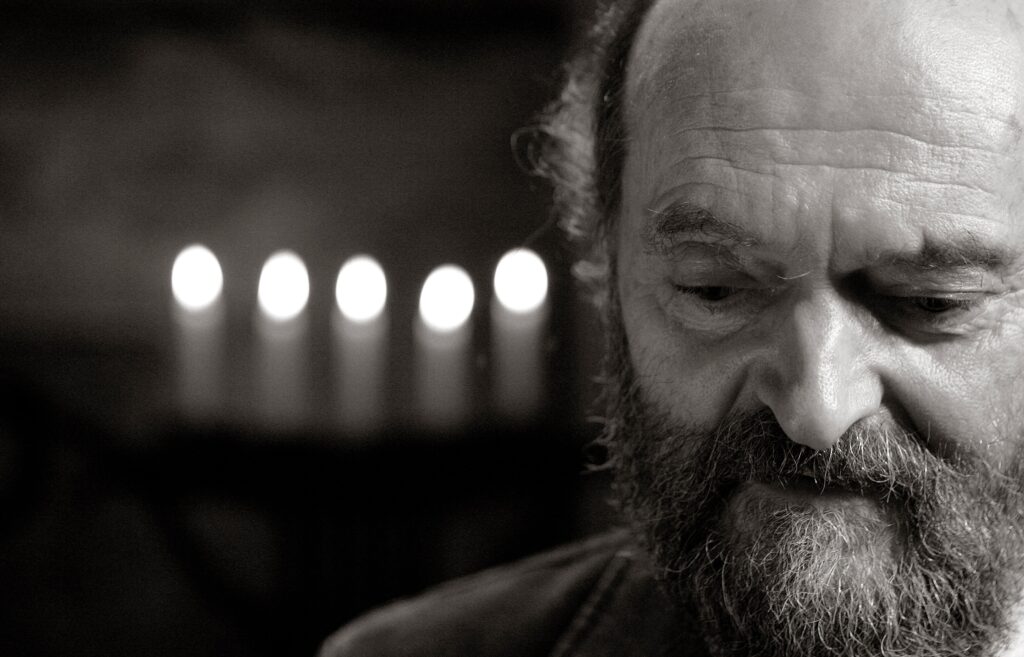The Times’ panel of music critics chose 100 best pieces of classical music from the repertoire of the past 1,000 years and included is Spiegel im Spiegel, an instrumental piece written by Estonian composer Arvo Pärt in 1978.
The Times suggests 100 recordings, arranged in ten categories the paper said it hopes “will convey the breadth and depth” of the classical repertoire over the past 1,000 years. “We don’t claim that this list is definitive, but we do hope that it conveys our own passions and inspires you to explore further.”
Pärt’s “Spiegel im Spiegel” is included in the “calm” category – “comfort, healing and the voice of nature in ten tranquil treasures”.
“Every so often a piece comes along that doesn’t put a note wrong. Spiegel im Spiegel (Mirror in the Mirror) is one of them – and it’s no wonder that this meditative work for violin and piano has become Pärt’s most popular and most played piece. He composed Spiegel im Spiegel for Vladimir Spivakov in 1978 and the Russian violinist’s 1995 recording with the pianist Sergej Bezrodny is still one of the best. The simplicity of this music is deceptive; the total music control of these two performers creates a mood of profound serenity,” the Times said.
The nine other works in the “calm” category are: Erik Satie: Gymnopédies (1888), Federico Mompou: Musica Callada (1959-1967), Einojuhani Rautavaara: Cantus Arcticus (1972), Toru Takemitsu: I Hear the Water Dreaming (1987), Peteris Vasks: Lonely Angel (1999), Meredith Monk: Songs of Ascension (2008), John Luther Adams: Become Ocean (2013), Eric Whitacre: Lux Aurumque (2000) and Anna Thorvaldsdottir: In the Light of Air (2015).
Spiegel im Spiegel was written by Pärt in 1978, just before his departure from Estonia. The piece, about ten minutes long, is in the composer’s signature tintinnabular style.

The piece was originally written for a single piano and violin – although the violin has often been replaced with either a cello or a viola. Versions also exist for double bass, clarinet, horn, flugelhorn, flute, oboe, bassoon, trombone and percussion.

